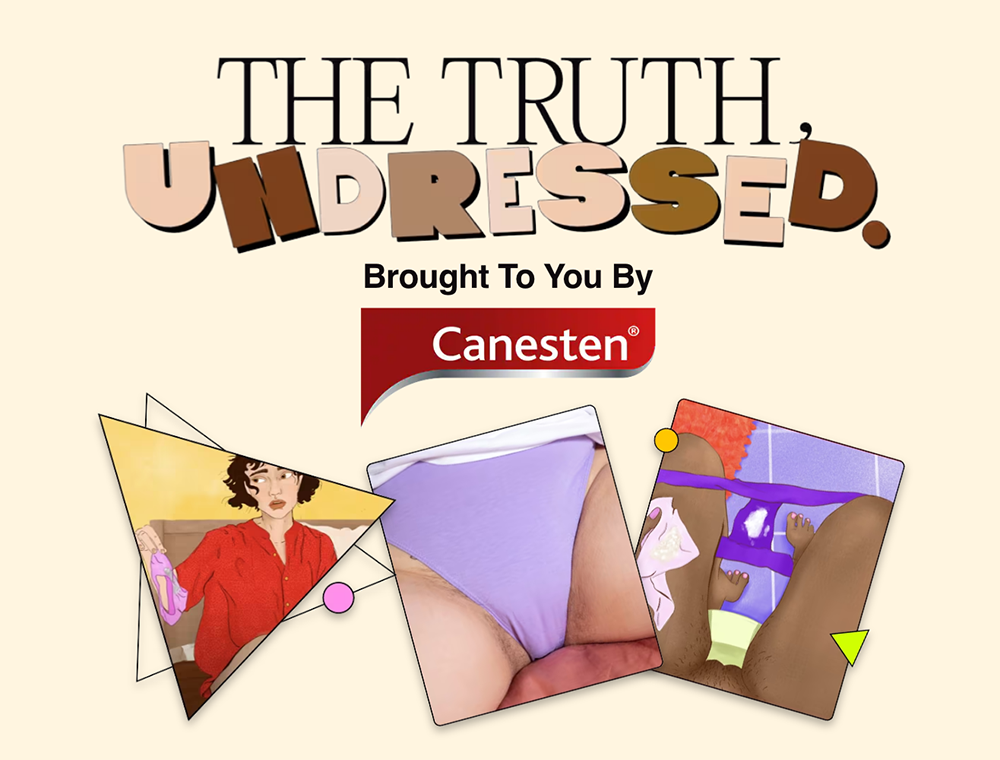What is cystitis?
If you notice that you need to pee more often or experience pain during urination, you might be suffering from cystitis, an inflammation of your bladder.
And it’s not just you: cystitis and other types of urinary tract infections affect around 50-60% of women. In most cases, cystitis occurs when bacteria that live harmlessly in your bowels or on your skin get into the bladder through the tube that carries urine out of your body (urethra). The feeling that you need to urinate more often or having an uncomfortable or painful urination are two of the main symptoms that let you know that you may be suffering from cystitis.
Normally urination shouldn't be painful, and urine should be the colour of straw. How often and how much you urinate depends on how often, and how much you eat and drink. The European Food Safety Authority recommends that women should drink about 2.0 litres of fluid per day. Taking this into account, in mild climates it's quite normal to produce anything between 800mls and 2.5 litres of urine a day.
Causes of cystitis
It’s not always clear what the causes of cystitis are. Cystitis is usually caused by a bacterial infection, but it could also be the result of damage or irritation to your bladder (non-infectious cystitis). Women are more susceptible than men to getting cystitis because their anus is closer to their urethra and their urethra is much shorter, so bacteria might get into the bladder more easily.
Some common causes of cystitis include:
Not emptying your bladder fully when you urinate
Using a diaphragm for contraception
Wiping from back to front after going to the toilet (you should wipe front to back)
Chemicals and perfume in soaps
Friction from having sex
Risk factors for cystitis
Radiotherapy to the pelvis
Diabetes
Menopause
Urinary catheters
Kidney stones
Pregnancy
A weakened immune system
Cystitis symptoms
Cystitis treatment
Treatment of cystitis depends on the kind of cystitis you have. If it is caused by a bacterial infection, then you will most likely need to take antibiotics prescribed by a doctor.
If you have had cystitis before or you know your cystitis is non-bacterial and your symptoms are mild, then cystitis may often clear up without any treatment and you can relieve the symptoms with products such as CanesOasis®. CanesOasis® offers effective relief from cystitis symptoms. It reduces the acidity of your urine to help make it more comfortable for you to urinate while your body tackles the infection.
You should always remember to drink plenty of water and to pee frequently. It is advisable to avoid sex. Remember you should always wipe from front to back when going to the toilet.

Cystitis prevention
The best thing you can do to prevent cystitis is to stay hydrated. If your urine is straw-coloured, you're hydrated enough. Dark-coloured urine is a sign you need to drink more.
Remember to drink between six to eight glasses of water a day, or more if it’s hot or you’ve been working out. The drinks to avoid are: caffeinated, fizzy or alcoholic beverages. They might irritate your bladder and lead to cystitis.
Good hygiene helps to prevent bacteria from travelling up the urethra and into the bladder, which can help prevent cystitis.
If you get cystitis often, you might consider taking these measures:
Interstitial cystitis
Interstitial cystitis, also known as painful bladder syndrome or bladder pain syndrome, is a bladder condition that causes long-term pelvic pain and problems peeing. It is mostly common in women rather than men.
It's difficult to say what causes interstitial cystitis because there isn’t any noticeable bladder infection so the antibiotics can’t help.
The symptoms of interstitial cystitis are:
There is no cure for interstitial cystitis but some lifestyle changes can help relieve the symptoms. These are:
Cystitis in pregnancy
Cystitis is fairly common during pregnancy. That’s because the hormonal and physical changes your body goes through at this time can make you more prone to urinary tract infections (UTIs) like cystitis.
During pregnancy, it’s a little easier for bacteria to reach the bladder, which can trigger cystitis. As your womb grows, it also puts extra pressure on your bladder. This can make it harder to fully empty it – another reason why cystitis may be more likely during pregnancy.
Cystitis in pregnancy treatment: what should you do?
If you notice any pain while peeing, or if there’s blood in your pee, it could be a sign of an infection that needs treatment.
If you’re pregnant, let your GP or midwife know within 24 hours of spotting these symptoms. They may do a urine test (though this isn’t always needed) and find the right treatment for you during pregnancy.
Speaking to your GP or midwife as soon as you notice any symptoms – even if they’re mild – is the best step.
In the meantime, drinking plenty of water can help dilute your pee and ease discomfort. And before taking any medicines, always check with your midwife, doctor or pharmacist to make sure they’re suitable during pregnancy.











